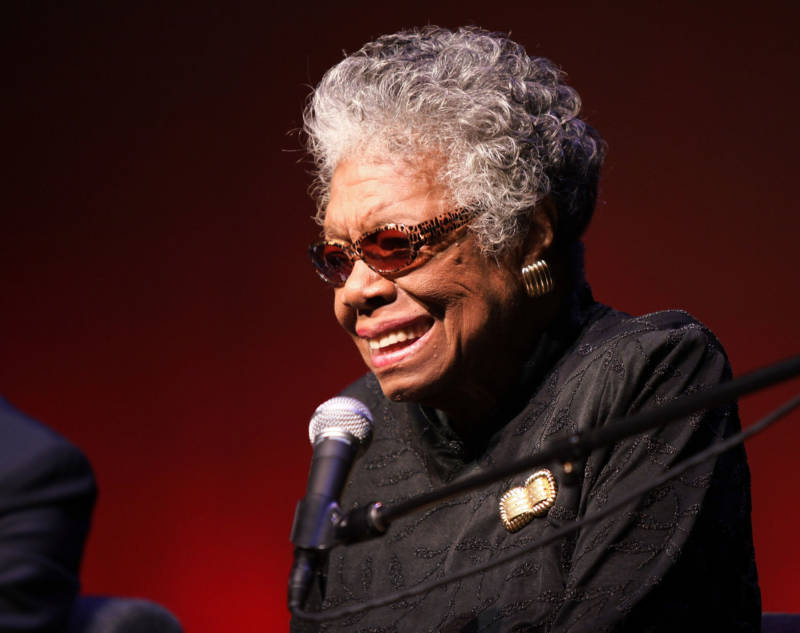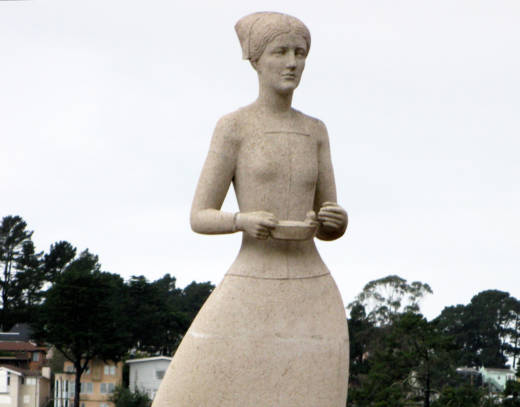Last month, city officials removed the "Early Days" monument at Civic Center Plaza, which depicts a vaquero and a missionary looming over a Native American, a statue deemed racist by activists, cultural organizations and many elected leaders.
The sponsors of the ordinance which passed on Tuesday — supervisors Catherine Stefani, Hillary Ronen, Jane Kim and Vallie Brown — note that of the 585 permanently sited works in the Arts Commission's civic art collection, 87 are sculptural monuments and memorials, and only two of those depict nonfictional women: a statue of Sen. Dianne Feinstein inside City Hall, and a statue of Florence Nightingale outside Laguna Honda Hospital, which was completed in 1937 as part of a federal artists program.
Stefani said the measure is an important step toward turning the tide against the lack of women represented in so many facets of U.S. society.
"In San Francisco and across our nation, women are under-represented not only in leadership positions but also in public spaces," she said. "The accomplishments of great women deserve to be recognized along with the accomplishments of great men. All children deserve role models they can relate to. And this law is a step forward to accomplishing this goal."
"There is that saying, 'if you can't see it, you can't be it,'" Stefani said. "If young women don't see women represented broadly across different leadership roles, it becomes more difficult to fully realize they can be anything they want to be."
Catherine Wagner, a Bay Area artist who has created public art projects around the world and whose latest local piece is scheduled to be unveiled in the South of Market neighborhood next year, said it’s about time San Francisco gave women greater representation. But she’s puzzled as to why the city decided to do it at 30 percent.
"Not that I'm looking a gift horse in the mouth, but I'm wondering why wasn’t it 50?" she asked.
Stefani said the selection of the 30 percent number had to do with critical mass.
"People have asked why not 50 percent? Well at 30 percent representation, we really do start to see a shift," Stefani said. "Research suggests that 30 percent is the proportion when critical mass is actually reached in a group setting. The voices of the minority group become heard in their own right rather than simply representing the minority."
Noting a "void" of public representations of female role models, the ordinance explicitly aims to combat a "silent message of women's insignificance":
Throughout society, the failure to honor accomplished women through statues, monuments, memorials, and plaques on public display, in San Francisco and elsewhere, leaves a harmful void in our public spaces. Instead of there being on display plentiful historical role models for everyone to see, celebrate, honor, and emulate, there is a different, disturbing message conveyed by this void. It silently communicates a message of women's insignificance in government and politics, commerce, labor, arts, sciences, and the professions, among other human endeavors, and thus reinforces the antiquated stereotype of women not serving in positions of leadership or otherwise making notable historical accomplishments — a stereotype at odds with reality and with the City's commitment to equal opportunity for all.
Tuesday's Board of Supervisors vote comes just two days after Gov. Jerry Brown signed legislation to force publicly held companies based in California to have at least one woman on their boards of directors by the end of next year.
The ordinance will also create a fund that would accept gifts to pay for the design and construction of new works of art, as well as the repair, maintenance and improvement of public art depicting historically significant women.
This post has been updated.


